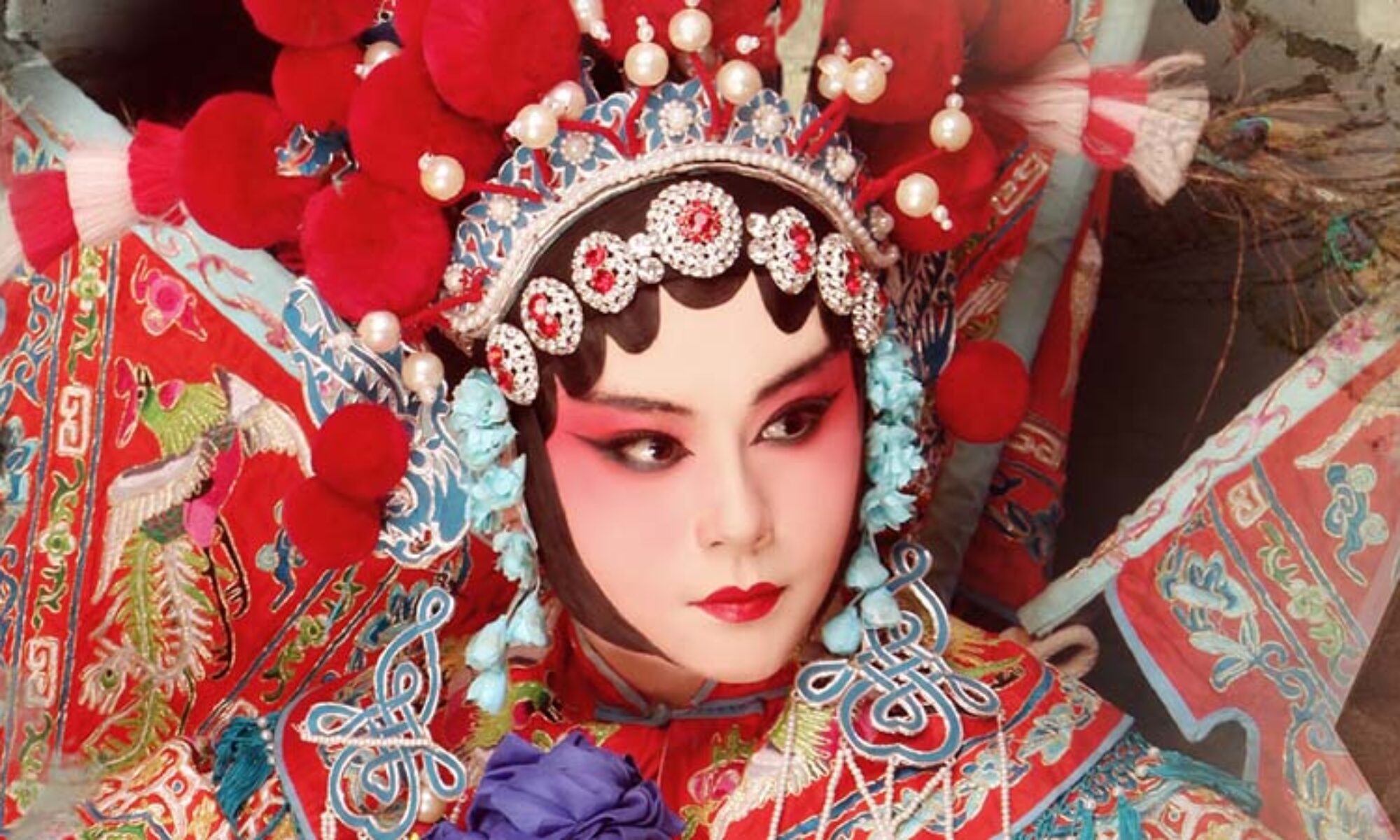
Dai Ethnic Dance: Embracing Tradition and Cultural Expression
An ethnic minority in southwest China’s Yunnan province, the Dai people have a rich cultural heritage that is beautifully expressed in traditional dances. These captivating performances are a testament to Dai’s strong ties to its roots, artistic expression and vibrant community.
The Dai folk dance is characterized by lively footwork, intricate hand movements, and stunningly colorful costumes. Each dance tells a unique story and often reflects narrative elements from nature, everyday life, and mythology. The movements are graceful and fluid, exuding joy and festivity while demonstrating the agility and skill of the dancers. One of the most famous Dai dances is the Peacock Dance, a captivating expression of grace and beauty. Inspired by the graceful movements of a peacock, this dance involves intricate footwork that mimics the majestic steps of a bird. The dancers wear intricate costumes embellished with glowing feathers and sequins, enhancing the visual spectacle and giving the peacock its majesty. Peacock dance is not only a cultural expression, but also a symbol of good luck and prosperity in the Dai community.
Another fascinating Dai dance is the ‘splashing dance’, which pays tribute to the Dai people’s close relationship with water and agricultural traditions. This lively performance mimics the fun activities that take place during the splashing and New Year’s celebrations. Dancers gracefully move their hands in rhythmic patterns, mimicking the gentle waves of a river and the rhythmical rain. The colorful costumes worn in this dance reflect the Dai people’s vibrant culture and deep reverence for nature.
Dai folk dances are often accompanied by traditional music played on instruments such as bamboo flutes, gongs and drums. Rhythmic melodies enhance the movements of the dancers, creating a harmonious synergy between sound and movement. The combination of vivid costumes, elaborate choreography and moving music mesmerizes the audience and transports them to the heart of Dai culture.
Beyond their aesthetic appeal, these traditional dances have great cultural significance to the Dai people. They are responsible for preserving their heritage and passing on the stories and traditions of their ancestors from generation to generation. Dance also plays an important role in promoting a sense of community and collective identity, as it is often performed at celebrations and social gatherings. Through the power of dance, Dai celebrates unity, expresses emotions, and strengthens bonds. In recent years, the folk dances of the Dai people have attracted attention not only in China but also internationally. Cultural festivals and events showcase these performances and provide a platform for the world to appreciate the beauty and artistry of Dai traditions. This global presence has not only increased awareness and appreciation of Dai culture, but also facilitated cultural exchange and understanding among diverse communities.
With its lively footwork, colorful costumes and hand movements, the Dai dance is a living tapestry of Dai cultural identity. These reflect her deep connection with nature, her commitment to preserving her heritage, and her unwavering spirit. Through these dances, the Dai people invite us to celebrate their traditions, be inspired by their art, and enjoy the beauty of cultural diversity.
